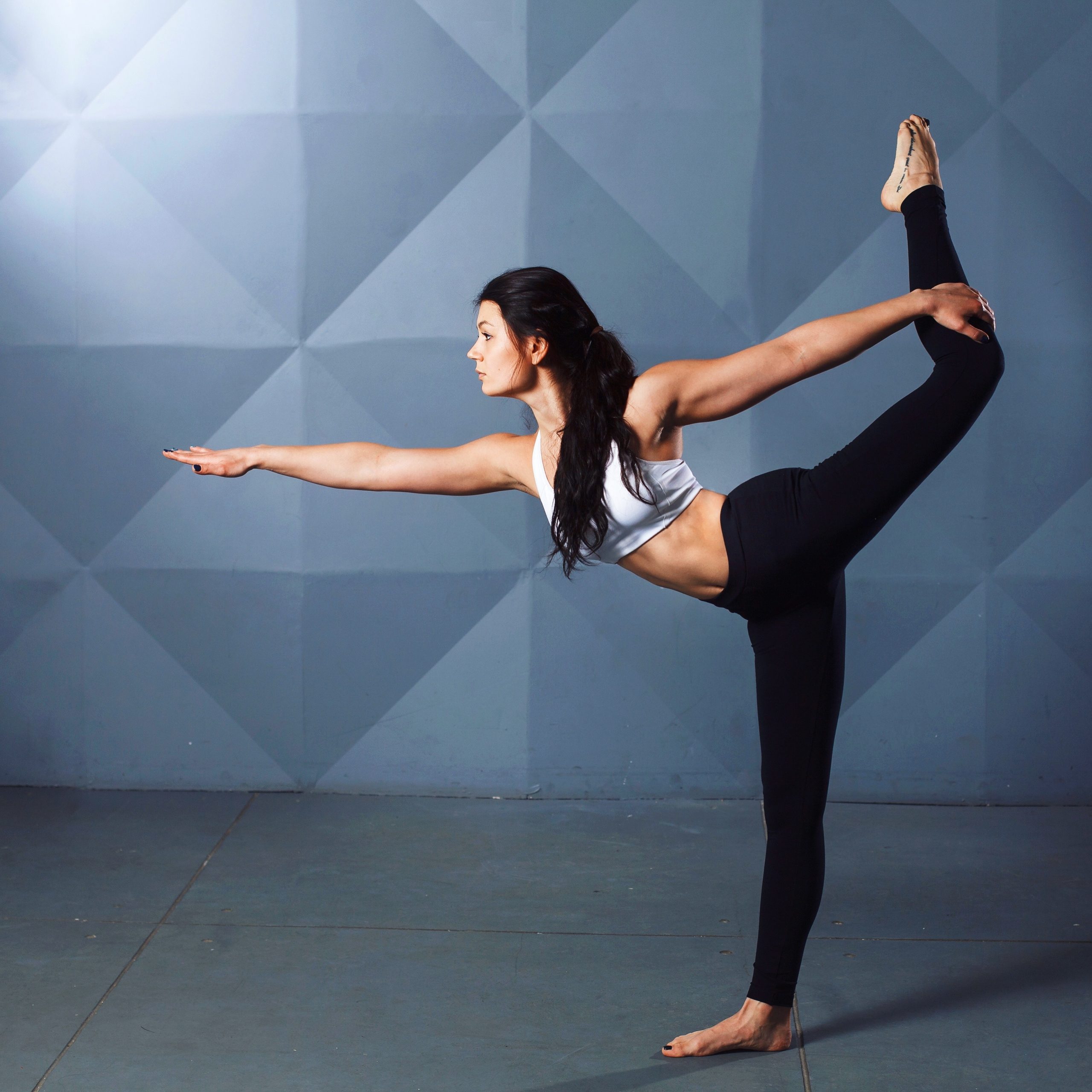Introduction:
Flexibility is a key component of overall fitness and plays a crucial role in enhancing athletic performance, preventing injuries, and promoting optimal movement patterns. Despite its significance, flexibility is often overlooked or neglected in fitness routines. In this article, we delve into the importance of flexibility and provide a comprehensive guide to effective stretching techniques that can help improve your flexibility and enhance your physical capabilities.
Breaking News: The Neglected Aspect of Fitness
Flexibility is often overshadowed by other fitness components such as strength and cardiovascular endurance. However, neglecting flexibility can lead to imbalances, restricted movement, and an increased risk of injury. Recognizing the importance of flexibility is essential for achieving overall fitness and maintaining long-term health.
Feature Story: Enhancing Athletic Performance and Preventing Injuries
Flexibility plays a crucial role in enhancing athletic performance across various sports and activities. It allows for a greater range of motion, improved agility, and better execution of movements. Athletes who prioritize flexibility training can experience enhanced speed, power, and overall performance.
Moreover, flexibility training can help prevent injuries by improving joint mobility and muscle elasticity. It prepares the body for physical activities, reducing the risk of strains, sprains, and muscle imbalances. Incorporating stretching techniques into warm-up and cool-down routines can significantly contribute to injury prevention and long-term athletic success.
Opinion Piece: The Gateway to Better Movement
Flexibility is not only beneficial for athletes but also for individuals seeking to improve their overall movement patterns and quality of life. It enables us to perform daily activities with ease, maintain proper posture, and reduce muscle tension and discomfort.
Regular stretching can counteract the negative effects of sedentary lifestyles and prolonged sitting. It promotes muscular balance, reduces stiffness, and enhances joint health. Incorporating stretching breaks into our daily routines can help combat the adverse effects of prolonged sitting and improve overall well-being.
Guide to Effective Stretching Techniques:
1. Static Stretching:
Static stretching involves holding a stretch in a specific position for a set period, typically around 15-30 seconds. It targets specific muscle groups and promotes relaxation and lengthening of the muscles. Examples of static stretches include hamstring stretches, calf stretches, and chest stretches. Perform static stretches after a workout or physical activity when the muscles are warm.
2. Proprioceptive Neuromuscular Facilitation (PNF):
PNF stretching involves a combination of stretching and contracting muscles to improve flexibility. This technique utilizes both passive and active movements. PNF stretches are typically performed with a partner and involve cycles of stretching, contracting, and relaxing specific muscles. The contract-relax method and the hold-relax method are commonly used PNF stretching techniques.
3. Dynamic Stretching:
Dynamic stretching involves active movements that mimic the motions of your workout or sport. It helps warm up the muscles, increase blood flow, and improve flexibility and range of motion. Dynamic stretches can include leg swings, arm circles, and walking lunges. Incorporate dynamic stretches into your warm-up routine before engaging in physical activities.
4. Yoga:
Yoga combines stretching, strength, balance, and mindfulness. It encompasses a variety of poses and sequences that promote flexibility and improve mind-body connection. Yoga can be practiced at various levels, from gentle stretches to more challenging poses. Attending yoga classes or following online tutorials can provide guidance and progression in your yoga practice.
Research Techniques: Verifying Information and Uncovering Sources
In reporting on the importance of flexibility and effective stretching techniques, employing research techniques to verify information and uncover reliable sources is crucial. Here are some strategies:
1. Scientific Studies: Refer to peer-reviewed scientific studies and reputable
health and fitness journals to gather evidence-based information on the benefits and effectiveness of different stretching techniques.
2. Expert Interviews: Consult with certified fitness professionals, physical therapists, and yoga instructors to gain insights, tips, and expert opinions on the importance of flexibility and the most effective stretching techniques.
3. Personal Experience: Draw upon personal experiences and anecdotes to provide practical insights and relatable perspectives on the impact of flexibility training on overall fitness and well-being.
Adhering to Journalistic Ethics: Informative and Engaging Reporting
Delivering accurate reporting requires adherence to journalistic ethics while presenting information in an informative and engaging manner. Here are some key principles to follow:
1. Accuracy: Verify information from credible sources and provide proper attribution for factual claims.
2. Clarity: Use clear and concise language to ensure that readers can understand and follow the instructions and benefits of each stretching technique.
3. Balance: Present a balanced perspective by discussing the advantages and limitations of different stretching techniques, including any potential risks or contraindications.
4. Engaging Style: Employ a conversational and engaging writing style to maintain reader interest and motivate them to incorporate effective stretching techniques into their fitness routines.
Conclusion
Flexibility is a critical aspect of overall fitness and well-being. Prioritizing flexibility training through effective stretching techniques can enhance athletic performance, prevent injuries, and improve daily movement patterns. By employing research techniques, adhering to journalistic ethics, and delivering accurate reporting, we hope to emphasize the importance of flexibility and inspire readers to incorporate stretching into their fitness routines for a healthier, more active lifestyle.




